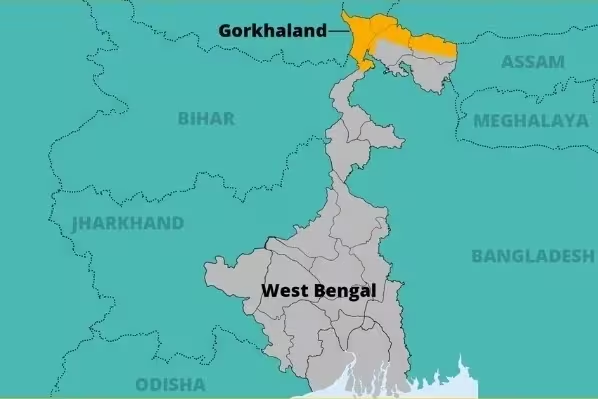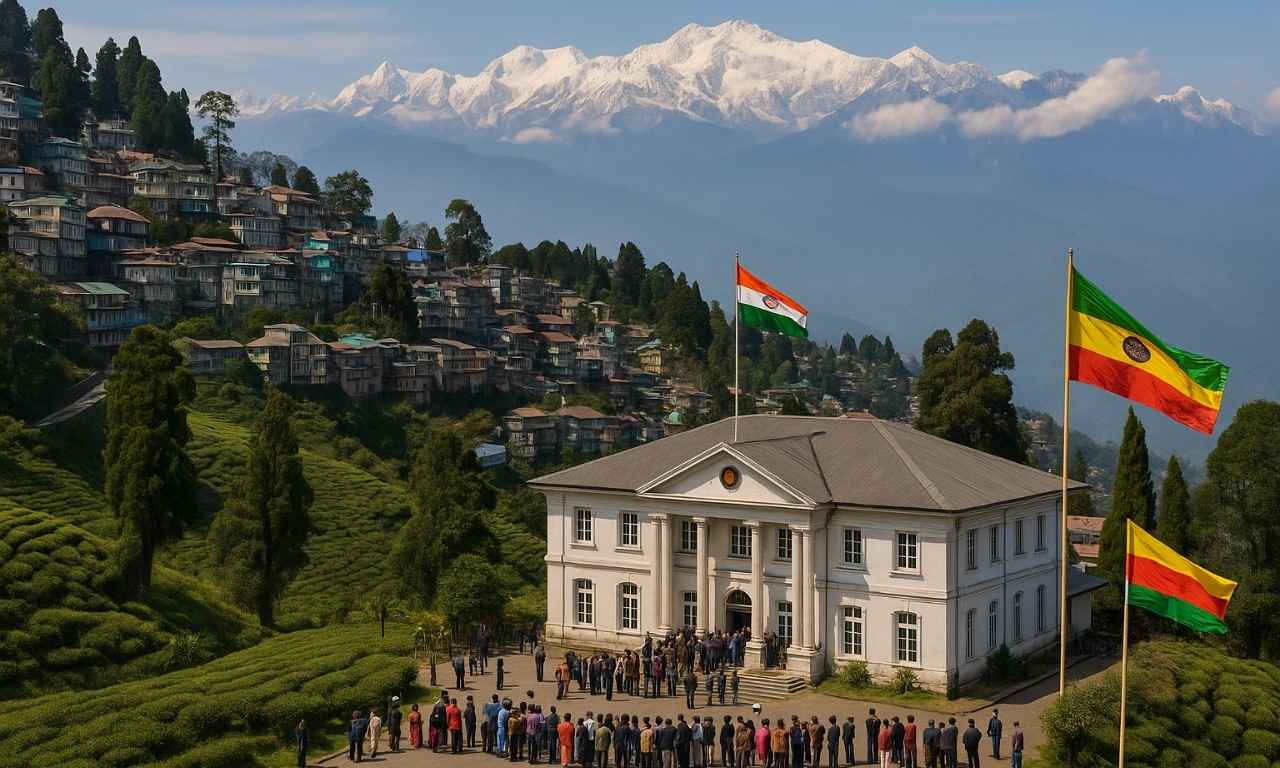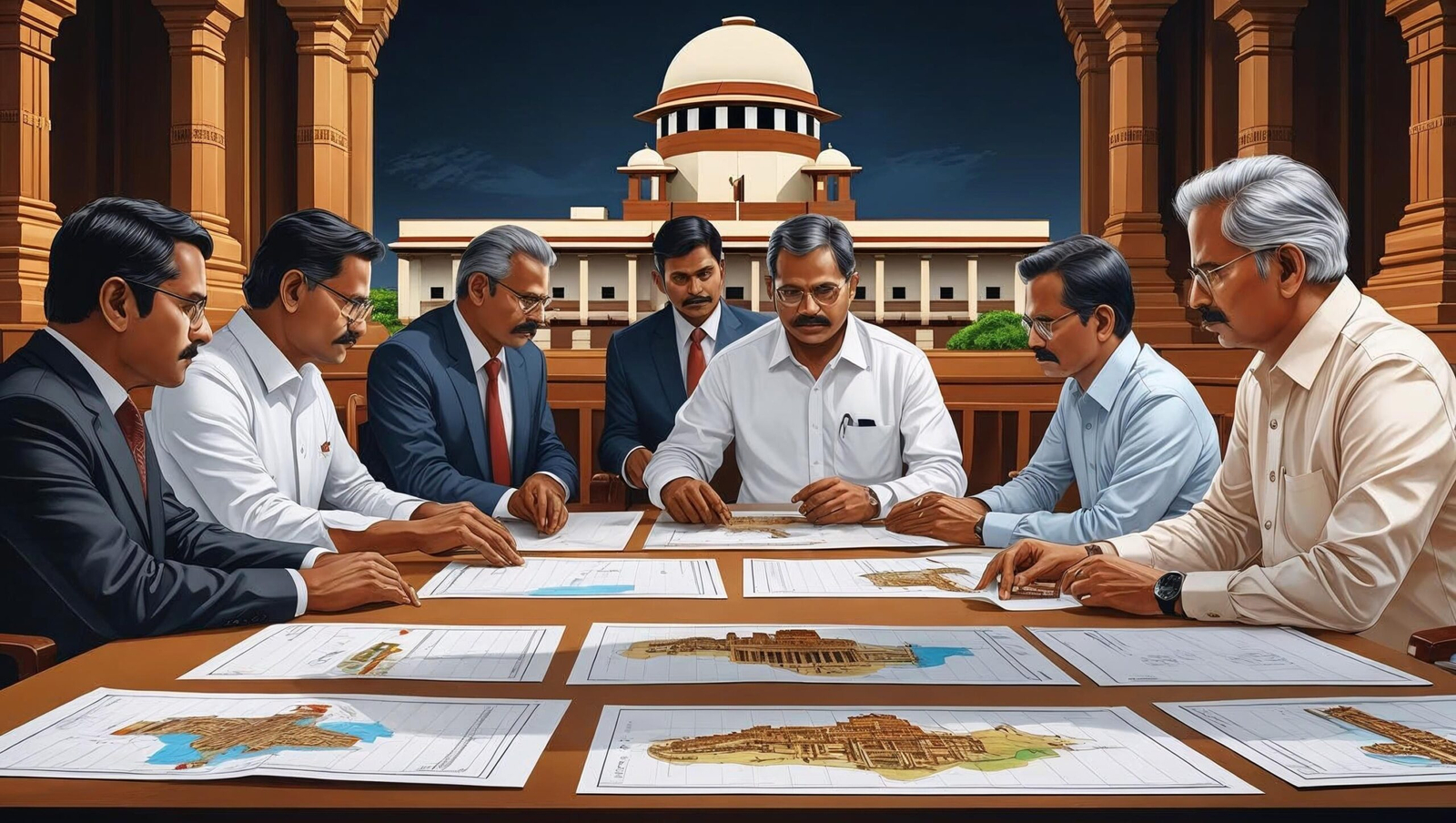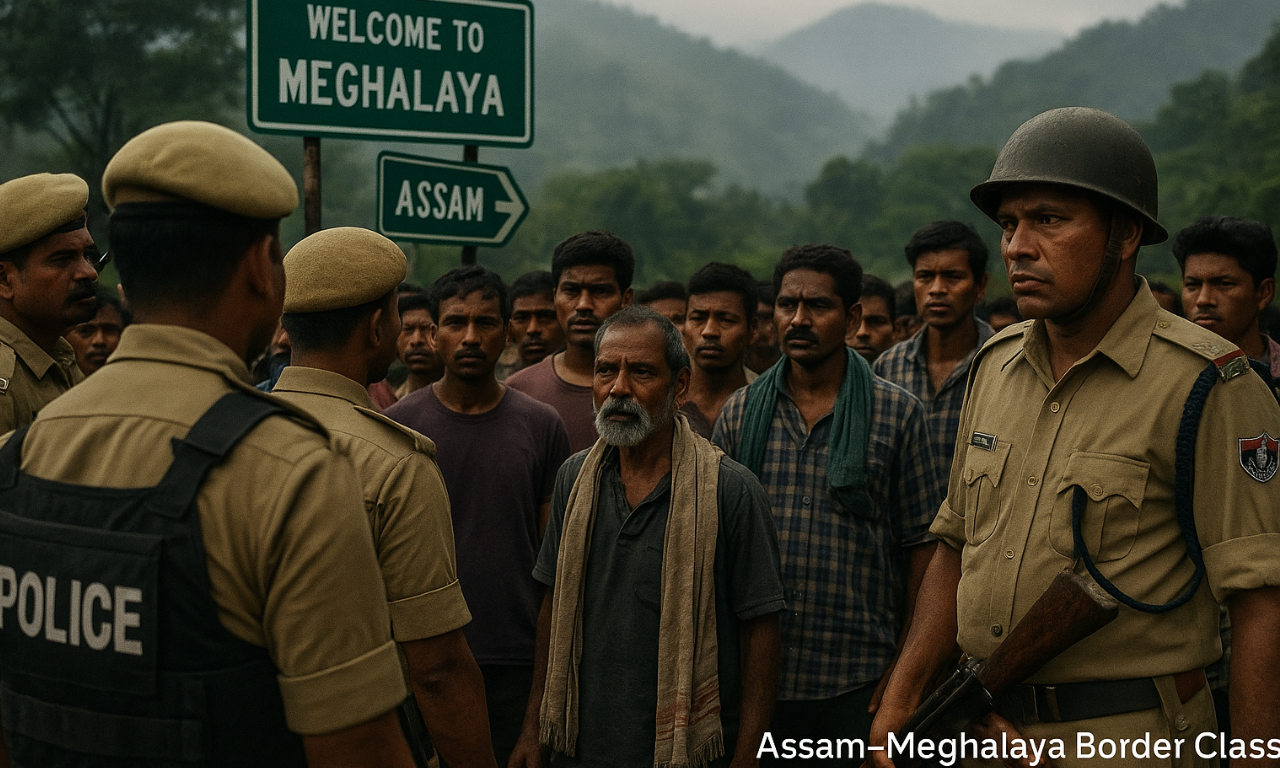The Central Government has appointed former Deputy National Security Adviser (Dy NSA) Pankaj Kumar Singh as an interlocutor to hold talks with Gorkha leaders on the long-standing Gorkhaland statehood demand, aimed at finding a permanent political solution to the issue in the Darjeeling and Kalimpong hills of West Bengal.
Background
- India’s Constitution under Article 3 allows the creation of new states to meet cultural, linguistic, or administrative aspirations.
- However, the Gorkhaland issue reflects deeper questions of identity, autonomy, and representation within the Indian federal system.

Significance of the Move
- Renewed Engagement: Revives structured dialogue after years of silence since the Gorkhaland Territorial Administration (GTA) was set up.
- Political Signal: Appointment of a senior official shows the Centre’s seriousness in handling the issue peacefully.
- Identity Assertion: Recognizes the Gorkha community’s demand for cultural and political recognition.
- Pre-Election Impact: Seen as an outreach effort to politically mobilize the hill electorate before the West Bengal Assembly elections.
Historical Background
- Early Phase (1907): The Hillmen’s Association first sought a separate administrative unit for Nepali-speaking people under British rule.
- Post-Independence: With linguistic reorganization in the 1950s, the Gorkhas felt underrepresented in West Bengal.
- 1980s Movement: Led by Subhash Ghising’s GNLF, the agitation turned violent; it resulted in the Darjeeling Gorkha Hill Council (DGHC) in 1988.
- Second Wave (2007): Bimal Gurung’s Gorkha Janmukti Morcha (GJM) renewed the demand; the Gorkhaland Territorial Administration (GTA) was created in 2011.
- Current Phase: The Centre’s talks aim to achieve a “permanent political settlement” and recognition of 11 Gorkha sub-tribes as Scheduled Tribes.
Key Demands
- Formation of a separate Gorkhaland state from Darjeeling and parts of Kalimpong.
- ST status for 11 Gorkha sub-tribes for constitutional protection.
- Greater autonomy and recognition of the Gorkha identity within the Indian Union.
Statehood Demands in India
- Over 30 statehood movements have emerged since Independence — e.g., Telangana, Bodoland, Vidarbha, Bundelkhand.
- Reasons:
- Cultural and linguistic assertion.
- Perceived economic neglect.
- Need for better administration.
- Political underrepresentation.
Challenges & Lessons
- Risks: Political fragmentation, resource disputes, and ethnic competition.
- Benefits: Better governance, inclusive development, and local representation.
- Lesson: Peaceful, institutional dialogue—through interlocutors or commissions—is vital for resolving autonomy movements democratically.
CONSTITUTIONAL PROVISION
- Article 3 empowers Parliament to create new states or alter boundaries.
- The concerned state’s opinion is advisory, not binding — ensuring national flexibility.
- Example: Telangana was created in 2014 despite opposition from the Andhra Pradesh Assembly.
Challenges & Lessons
- Risks: Political fragmentation, resource disputes, and ethnic competition.
- Benefits: Better governance, inclusive development, and local representation.
- Lesson: Peaceful, institutional dialogue—through interlocutors or commissions—is vital for resolving autonomy movements democratically.
This topic is available in detail on our main website.





